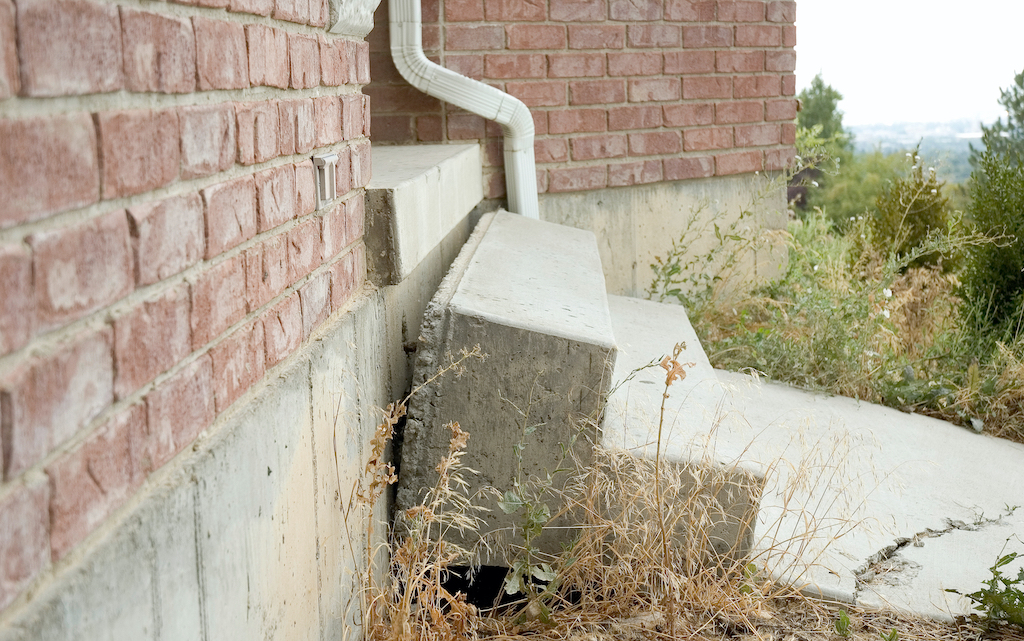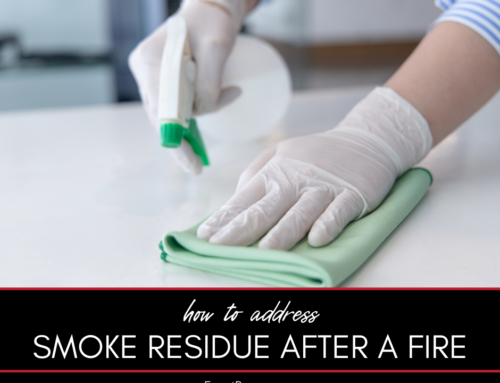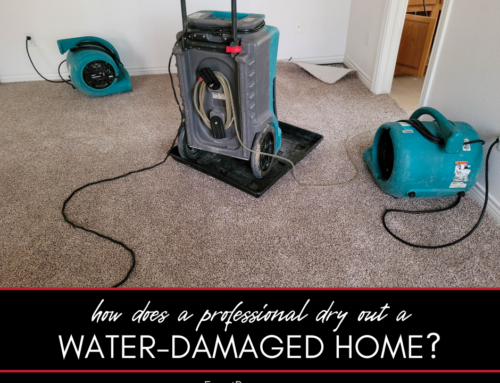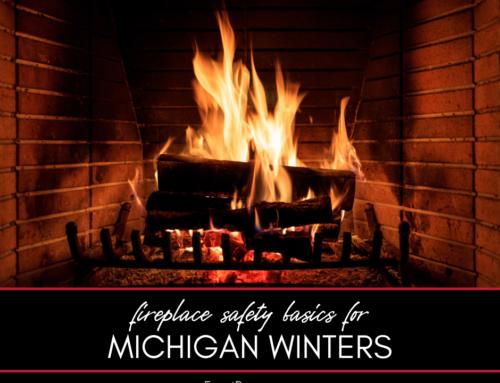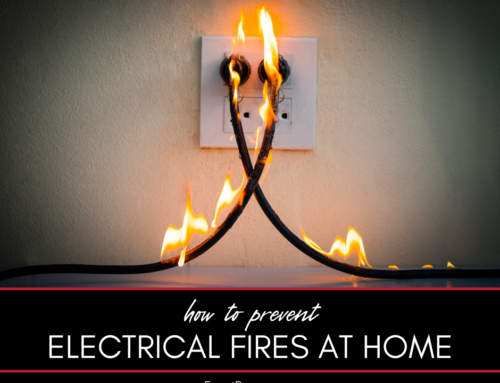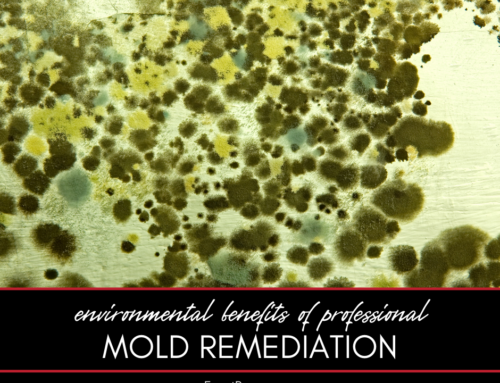You may wonder: What makes a house sink? Soil movement is the likely culprit. Movement can happen as a result of varying levels of soil moisture around and beneath your foundation, causing it to fail. Factors that influence shifts in moisture can be a gutter downspout that’s not pointed away from your home and allows water to pool next to the foundation, and land that’s not properly graded to slope away from your foundation.
Large trees can have extensive root systems that absorb tens, or perhaps even hundreds, of gallons of water a day. If the roots run under your foundation they could cause significant swings in soil moisture, acting as yet another source of failure for your foundation.
If your home is sinking, it can be lifted. Here’s how.
Using Piers
Lifting a sinking house is performed by a process called “piering,” which involves the placement of vertical piers deep into the soil beneath the sunken parts of a foundation. Hydraulic jacks on the piers lift and level-out the portions of the foundation that have sunken. The jacks are replaced with concrete blocks and shims (shims are thin wedges used to create a more precise degree of alignment).
The piers rest on bedrock or a stable soil layer that’s able to hold the load of the house, so they aren’t at risk of sinking. Neither the piers, nor the foundation which sits atop the piers, will be affected by soil movement because at that depth the ground experiences little to no changes in moisture.
Using Piers is Smarter, Faster, and Cheaper
Using piers to connect a foundation to stable, load-bearing ground is a better solution than simply replacing a compromised foundation—because a new foundation that still rests on soil with significant moisture fluctuations will remain susceptible to failure from soil shrinkage and movement. Also, piers are less time consuming and less expensive to install than a new foundation.

